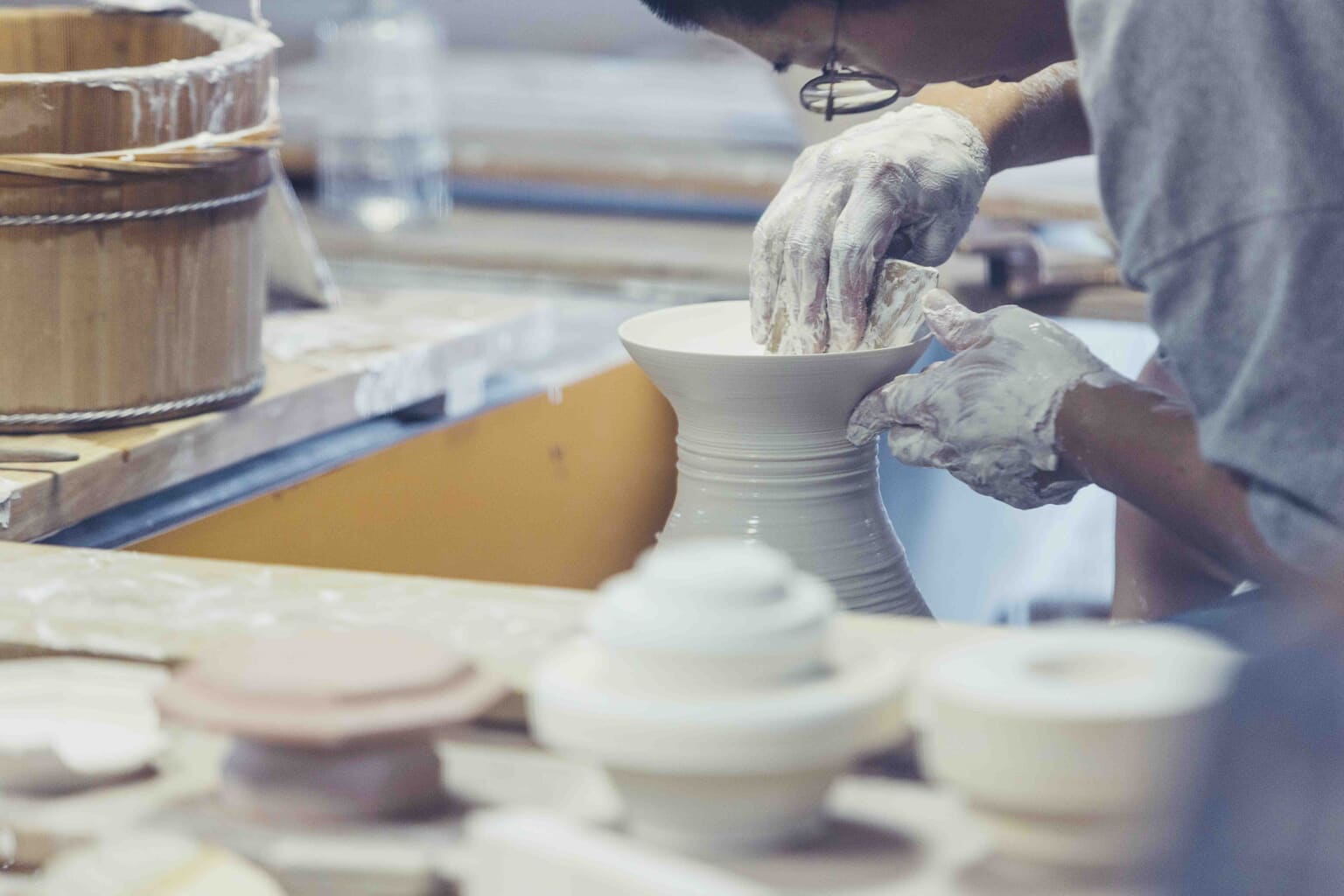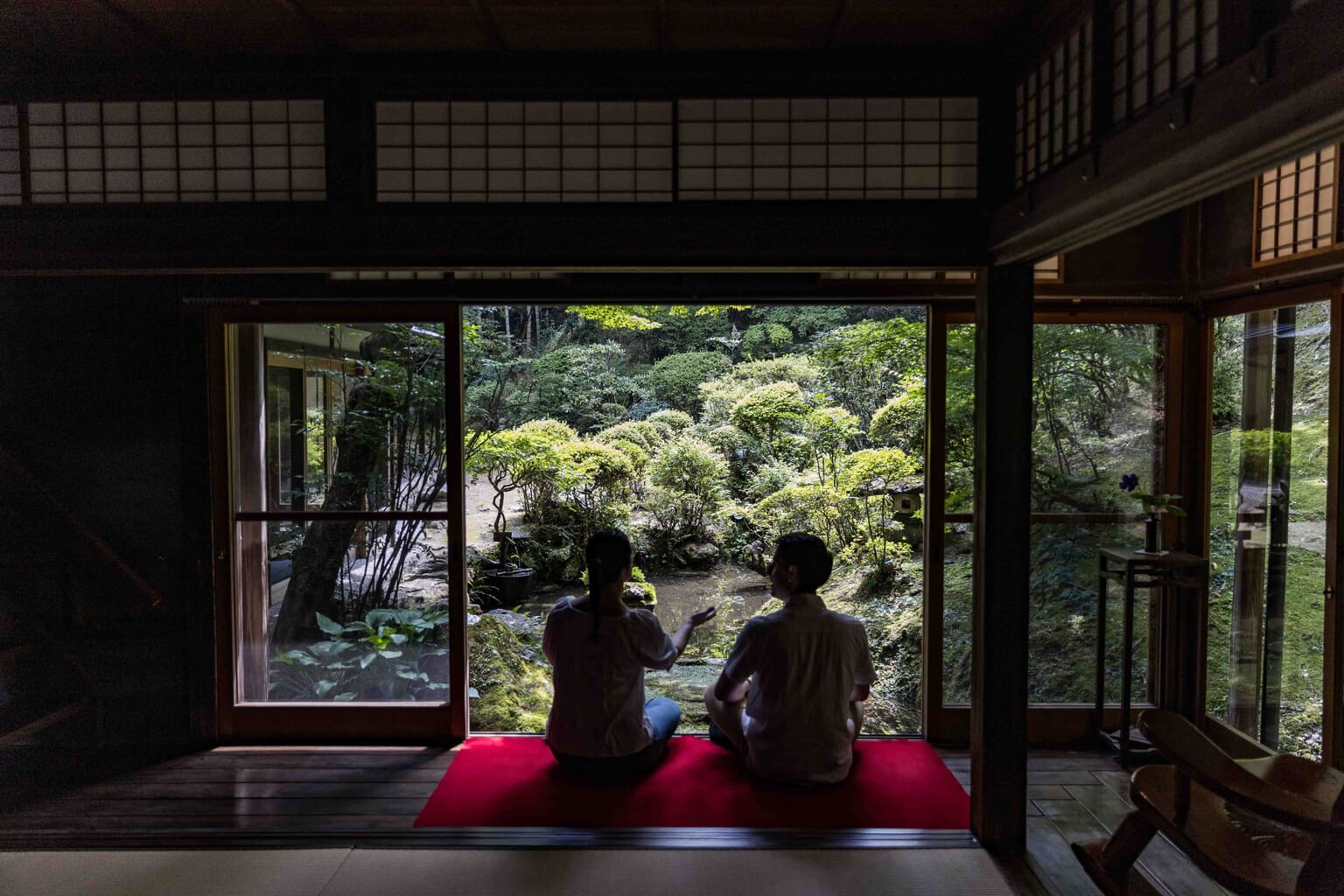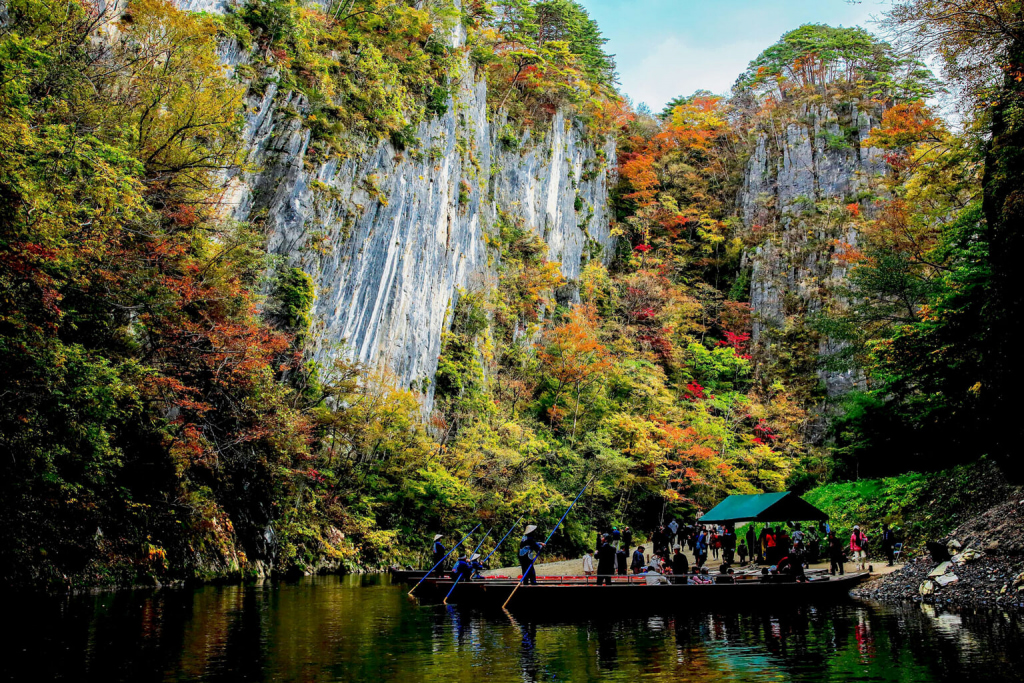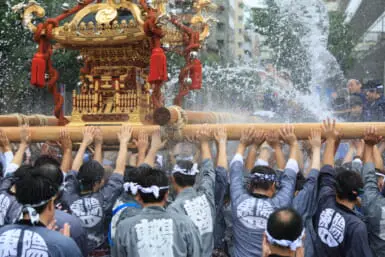Launched in 2007, Furusato Nozei is a hometown tax system that encourages people living in urban areas to prepay their annual income and residential taxes to municipalities rather than where they live. In return, they then receive a gift as thanks. It is available to anyone who pays tax here, regardless of nationality. For those who don’t speak Japanese, though, the procedure is far from straightforward.
Aiming to help in that regard is hospitality and events company, Luxurique. On October 1, it launched Furusato Japan which provides English and Japanese language options (other languages will be available next year), making it easier for people from overseas to benefit from and contribute to the program. However, rather than just concentrating on food and drinks, as is often the case with Furusato Nozei, Luxurique also focuses on unique travel experiences.

Secret snowboard courses in Kutchan, Hokkaido
Discovering Hidden Cultural Treasures
Although the number will increase in the future, to begin with, Luxurique has partnered with four municipalities — Arita in Saga Prefecture; Ichinoseki in Iwate Prefecture; Fuji in Shizuoka Prefecture and the town of Kutchan in Hokkaido. The idea is for foreigners to immerse themselves in these local cultures while also discovering hidden cultural treasures. Programs include private boat trips along Geibikei Gorge, secret snowboard courses, fishing boat excursions, tea ceremonies and pottery making.
While Japanese residents can also take part, the target market is people from overseas who aren’t planning to stay here forever. During the Covid-19 pandemic, Luxurique President Naomi Mano asked many foreign residents if they were using Furusato Nozei. Most told her they didn’t even know about it. She decided to pitch the idea of running multilingual versions of the service to various Furusato Nozei platforms. Turned down each time, she subsequently decided to do it herself.
“Furusato Japan focuses on return gifts and experiences that bring out the best of each municipality,” says Mano. “The project was created to support both foreigners living in Japan and local governments in developing their tourism content. We have closely collaborated with each municipality to produce value-added projects that we’ll continue to refine. Ultimately, we will create exclusive experiences that will appeal to our inbound guests too.”

A Porcelain Paradise
Wanting to see what one of these travel experiences was like, we joined Luxurique on a two-day trip to the town of Arita, known for its porcelain products. We began with a delightful Godofu (tofu made from kudzu vines and starch instead of bittern) lunch at Gallery Arita. A hugely popular cafe in the region, it’s known for the cute Mini Cooper parked outside decorated in porcelain. Inside, there are around 2,000 cups on display and all customers are allowed to choose one for their tea or coffee. With so much choice, though, it wasn’t easy.
After lunch, it was off to the Kyushu Ceramic Museum which covers the development of ceramics and pottery culture throughout the region. Free to enter, it’s well worth a visit. From there, it was then a short journey to Izumiyama Quarry. An imposing location, it was where a group of Korean potters, led by Yi Sam-pyeong (also known as Kanagae Sanbee), discovered porcelain stone in 1616. Sam-pyeong‘s influence can be felt and seen throughout Arita and we had the chance to learn about ceramic wheel throwing from his 14th generation descendant.

A Luxurious Retreat
Following a short look around the stylish shops at Arita Sera, it was time to head to our accommodation for the evening. Located alongside the quaint Ureshino River, Wataya Besso is an expansive and luxurious inn that is the perfect place to relax after a busy day. The multi-course dinner featuring seasonal vegetables, sumptuous sashimi and melt-in-your-mouth Saga beef, was delightful. The highlight, though, was unquestionably the mildly alkaline salt hot spring bath with a pH of 7.9, known to leave your skin feeling soft and smooth.
The next morning began with another soothing bath and a Japanese breakfast before leaving the inn for the historic Kakiemon Kiln. Named after creator Sakaida Kakiemon, the distinctive style here is characterized by the elegant and brightly colored pictorial designs painted upon milky white backgrounds. Watching the highly skilled artisans going about their work was a real treat. As was the fact that we were allowed to stroll around the private gardens and enjoy a cup of tea and snack in front of the charming thatched-roof buildings.
A prior engagement meant that we then had to leave the tour early, though just had enough time for a short meeting with Arita Mayor Yoshiaki Matsuo who spoke about wanting to encourage more foreigners to visit his town. No doubt the partnership with Furusato Japan will help with that.
Visit the official Furusato Japan website for more information on how to use this service.









